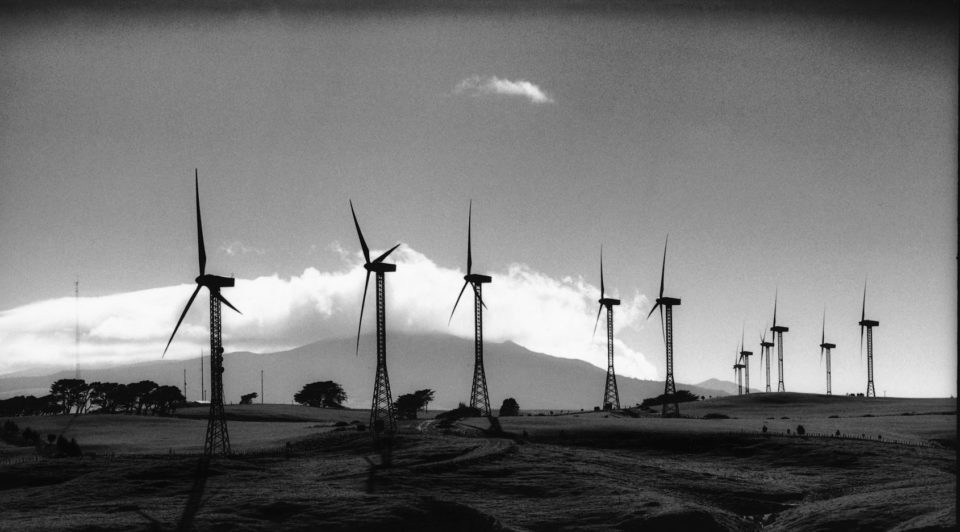By Andy Loader, extractive industry consultant, First Rock Consultancy.
The Government is hard bent in transitioning to a greener economy with renewable energy such as wind and solar power.
It is not as if this country has not already been doing this over the past two decades, but that is not to say this trend is not mired with unintended outcomes.
As someone who has spent many years working in the extractive industries (mainly quarrying), I see huge benefits with a shift to more renewable energy technology, mainly because it will require a serious increase in mineral mining.
Any energy sourcing requires a lot of infrastructure, which requires a lot of aggregate, concrete and steel which is made with coking coal, and copper wire which is made from a mined resource.
This irony was picked up in a 2013 edition of the Nature Geoscience International Journal in an article, which said we now face a vicious circle with a shift to renewable energy that will replace one non-renewable resource (fossil fuels) with another – metals and minerals.
Some experts have predicted the new green infrastructure will require up to 15 times more concrete than we currently produce, 90 times more aluminium, and 50 times more iron, copper and glass.
It is also predicted that, globally, we are expected to increase power production through solar and wind generation from current levels of approximately 500 terawatt-hours up to 25,000 terawatt-hours of electricity by the year 2050.
This is great news for the extractive industry. To build infrastructure to produce this level of power generation just from solar and wind alone is predicted to require; 3200 million tonnes of steel; 310 million tonnes of aluminium; 40 million tonnes of copper; 800 million tonnes of glass; 20 billion tonnes of concrete; an unknown amount of precious metals (gold, silver and platinum) and rare earth elements; and an unknown but huge amount of coal.
To provide this quantity of material it is predicted that there will have to be up to a 20 percent increase in global mining production over the next 40 years.
So, by now it is obvious why I am looking forward to more renewable energy as it is going to help ensure the future for my industry for many years to come.
Certainly, the figures that I have mentioned are based on a world-wide increase in the use of renewable energy for electricity generation, but on a pro-rata basis, it will not be any different for the Government’s objectives here, as it bans further oil or gas exploration (which the National Party says it will reverse) and any further large scale hydro-electric generation.
The completion of existing wind, geothermal and solar generation projects backs up my predictions that future projects will be totally reliant on aggregate production levels and its transportation costs.
Our country has always benefited from the foresight of previous governments and power generation experts who built the massive hydro dams and a world-leading DC link between the South Island’s hydro projects and the North Island in the 1950s, that gives us a ‘renewable’ advantage in today’s anti-fossil-fuel perspective.
However, we are still reliant on our gas/coal fired Huntly power station to provide base-load generation when the weather goes against us, and the dam levels down south are too low for generation to be pushed north. In which case, the Huntly power station pushes power south.
Which all means, we will need a significant investment in new ‘renewable’ generation infrastructure before we can moth-ball the essential Huntly power station.
So, let’s get real and prepare and support our extractive industries. LG


